
I was part of a frustrating strategic conversation late last summer involving a client station trying to navigate its way through the Fall book.
The conversation included both sales management and programming, and the topic was essentially about trying to get a ratings edge over a sizable group of other stations in the market. As the DOS wearily explained, “We’re at a .3 in prime demo right now, but so are seven other stations in town. To have a noticeable impact on sales, we’ve got to get up to a .4.”
And that became the meeting’s main purpose – how do we reach a .4?
I started wondering what this conversation might sound like to regular radio listeners who don’t understand our business. Or even retail advertisers who face the meat-and-potatoes challenges of getting bodies into their stores. While this station enjoys a “cume” audience of nearly 250,000 unduplicated listeners every week, the sales marketing team is fighting the war in fractions of rating points. And when the numbers are that small, virtually everyone rounds up or rounds down to a .3.
That means your station can have a .34 and your competitor can have a .26 – and they both round up/down to a .3. Looking at it another way, a .34 rounds down tot a .3, while a .35 rounds upo to a .4. Statistics on this micro level can be cruel.
And to also remind our many readers, “cume” (cumulative audience) is analogous to circulation for a newspaper – the number of unique listeners a station attracts over a period of time, usually expressed in terms of a total week’s worth of listening. It’s usually a station’s biggest number.
And that .4 (or in actuality, a .3) is the average rating – the overall percentage of people listening to the station against the population of a market in any given 15-minute period. So, for the average quarter-hour, my client has about one-third of a single person tuning in against the entire metro population. And their aspiration – their big goal – is to reach the threshold of just under one-half a person. That’s what success looks like to this team, and most others in the radio business.
Better put – after a conversation with Dr. Ed Cohen yesterday, in a metro with a population of one million, that .3 translates to an audience of 30,000 people. So what sounds better…and bigger?
“We have a .3 OR we have an average 30,000 listeners in any given quarter-hour across the week (or another period of time)?
Now to a layperson, this probaably sounds crazy. And of course, I’m oversimplifying the goal and how one might think about it. But not really. As a sales manager will likely tell you, the difference between a .3 and a .4 can amount to a lot of money. A station that reaches the atmospheric level of a .6 or a .7 (give me some oxygen, please!) can truly distinguish itself against most of the other radio players in a market. It’s like the difference between a station achieving its financial goals for the quarter (or year) or failing to make the cut.
Every business has its unique lingo and often, its own metrics that matter. Radio, of course, is no different. But I would argue part of what has conspired against radio companies is 1) too many numbers, and 2) make-or-break numbers that are infinitesimally small.
As Larry Rosin wrote in this space last month, most radio stations in PPM markets have lost considerable cume listening over the last decade. But even at post-pandemic suppressed levels, radio’s reach in local markets is still impressive. It’s almost always in the thousands – or much more. And while it may be anecdotal, radio listeners tend to be responsive to advertising messages, as well as appeals to donate to a worthy cause. Bottom line: radio continues to attract big audiences that react to compelling messages.
A .4, on the other hand, is a fraction. It requires a decimal point. You can carve it into the side of a mountain or ring it in LED lights and it still looks pathetically small, wee, diminutive, tiny.
This last point is an important one. Even with diminished Nielsen numbers, radio’s audiences meet the moment. Radio Ink has been toting up the charitable fundraising this holiday season. And yesterday, they published their bottom line:
$28.32 million dollars raised by radio broadcasters in the U.S. this holiday season
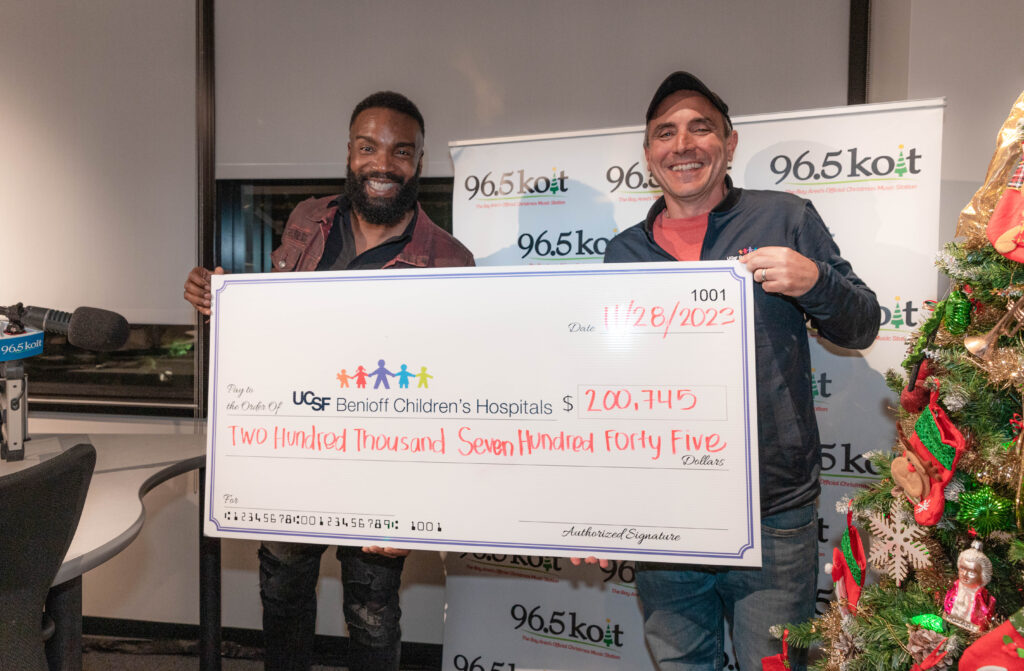
It’s within $3 million of the all-time high set in 2019, the year before COVID. With stations all over the country, in big and small markets, and representing diverse formats active once again this year, radio broadcasters and their audiences continue to step up.
It’s a BIG number – and that’s good because we are used to impressive milestones, major goals, and lofty ambitions in most of the key numbers that drive success – runs battted in, smartphones sold, square feet for a house or office, the number of jobs created last month, etc.
When we think about famous books, TV shows, or movies, it’s always the biggest numbers the PR team can dredge up:
“20,000 Leagues Under The Sea” not “Who wants to dive in the shallow end of the pool?”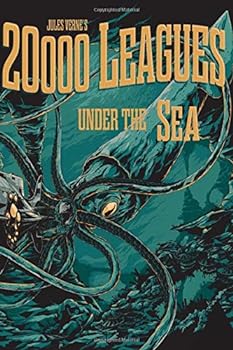
“Who Wants To Be A Millionaire?” not “Who wants to win $3?
“(500) Dates of Summer” not “Let’s speed date.”
The Proclaimers sang about walking “500 Miles” – not 5 feet.
It’s “Ocean’s Eleven” not “Ocean’s .3.”
When WRIF’s Dave & Chuck the Freak announce their signature “.5K” event, we know it’s a fraction of a 10K – a race that requires strength, endurance, preparation, and stamina. The .5K is like walking into a bar….literally. It’s a joke number because it’s so small. It’s why we laugh when we hear “point 5K.”
In the radio programming business, we’ve been taught to THINK BIG.
“We’re broadcasting with a 100,000 watt blowtorch!”
“Win $1,000 a day!”
“We doing 30 bars in 30 days!”
“It’s the Memorial Day 500!”
And yet, when it comes to the sales and marketing of radio stations and how we price our advertising inventory, we pick the most microscopic numbers we can find.
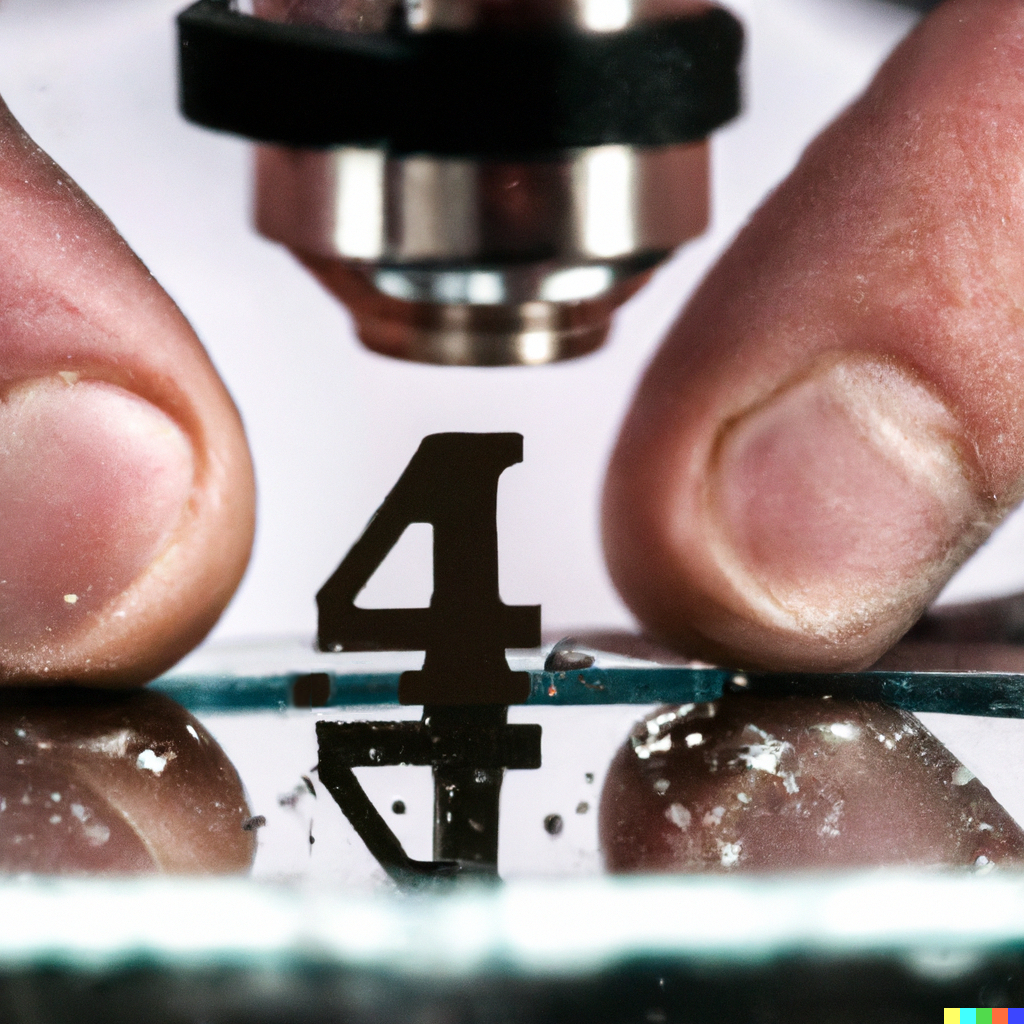 I don’t care what you do – you cannot make a .4 sound big.
I don’t care what you do – you cannot make a .4 sound big.
But when tens of thousands, hundreds of thousands, or even millions of people spend some of their precious media time with your radio station week in and week out, that’s something.
We think of network/cable TV as being in a different league when it comes to audience size than radio. After all, they’re national, seen in millions of homes, offices, airports, and other venues all over the country.
But according to Techpenny, CNN’s prime time ratings are down 69% year-over-year. Average viewership: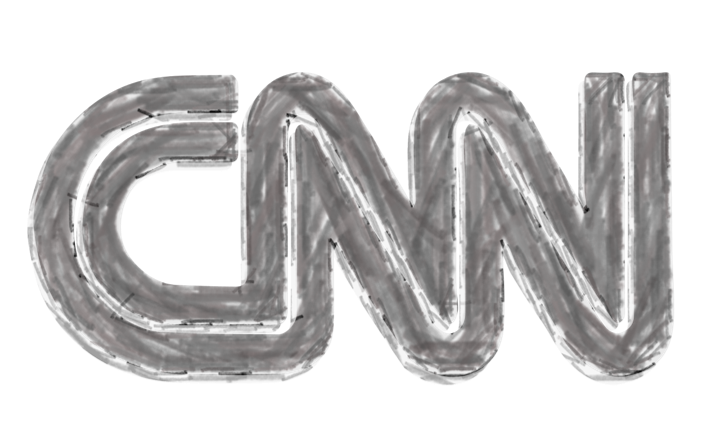 126,000 people.
126,000 people.
You read that right.
Now obviously Fox News and MSNBC are in much better shape than CNN, especially after another year of management turmoil and turnover. But when we think about national TV ratings versus a radio station in a top 25 market, for example, you’d think we’d be talking apples and kumquats. In reality, overall audience levels for radio’s “prime time” hours in major markets might be pretty competitive or even superior to viewership on many cable channels. Of course, if you don’t express it that way, you’re back to talking about dots on spreadsheets.
As someone whose business partner is a radio sales type and as a former account rep myself (OK, for only about 6 months until my head exploded) and programmer, I’ve sat in my share of sales meetings. In fact, you could say I’m a hardened veteran at sales meetings, often tasked with having to explain what we’re doing on the air – and why we’re doing it.
 And there are some simple “givens” to the art of selling time. Getting advertisers – especially agencies – to alter their criteria on how they buy media is like getting an amendment through the House and Senate – it’s just short of impossible. They are set in their ways, the rules are the rules, and that’s a big reason why radio is talking tiny numbers and not thousands and thousands.
And there are some simple “givens” to the art of selling time. Getting advertisers – especially agencies – to alter their criteria on how they buy media is like getting an amendment through the House and Senate – it’s just short of impossible. They are set in their ways, the rules are the rules, and that’s a big reason why radio is talking tiny numbers and not thousands and thousands.
So, I’m not naive enough to lobby for a sea change in how ad buys are based because it won’t happen. But rather than being tethered to miniscule cost-per-point numbers or those teeny, tiny average ratings, nothing is stopping radio organizations and its sellers from building their own decks of big ass numbers and telling impressive stories that remind advertisers that behind that .4 are legions of motivated listeners waiting to hear their messages and take action.
My very first general manager at ABC was Jay Hoker. He was a former ad executive and a sharp media exec before becoming the GM at WRIF in Detroit. Jay was charged with transitioning an early FM rock station into a successful, profitable radio venture. In every sales one-sheeter and promotional piece we put together, Jay reminded us to make everything we did “BIG AND BORAXY,” a play on the marketing of that good old laundry detergent brand.
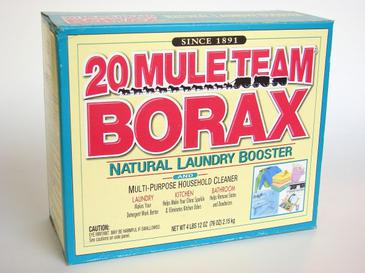
After all, they compared its cleaning power to a team of mules, 20 strong – that sounds strong. And you can see how Jay was influenced by the look and style of a simple consumer packaged product, and the brand’s emphasis on big metaphors and imagery.
In actuality, those hard-working teams of mules moved the chemicals that went into borax out of Death Valley, California 140 or so years ago. It’s a cool visual, reinforcing brand strength and differentiating Borax from every other product on the shelf. And as a veteran of the Don Draper Era, it was one of Jay’s early influences.
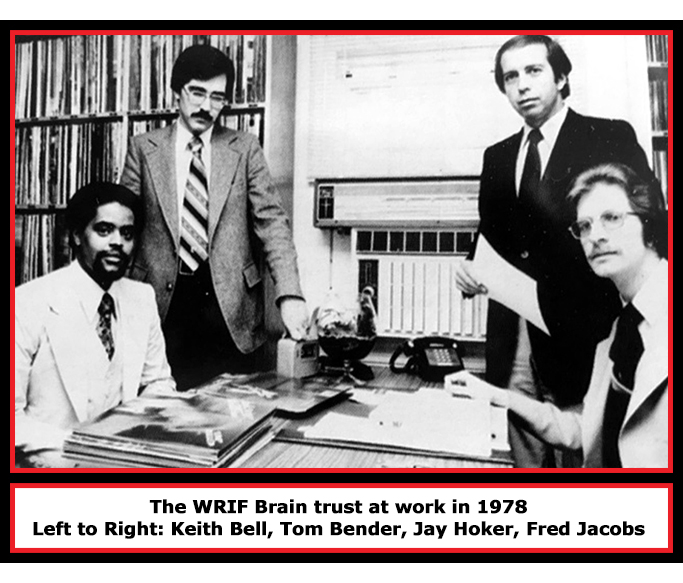 I worked alongside him, creating and conjuring ratings stories out of Arbitron books, when I first joined WRIF. And I learned what made up an impressive data story that might move advertisers (especially if we had a not-so-good-book) versus those that deservedly ended up on the research room floor because no one cared.
I worked alongside him, creating and conjuring ratings stories out of Arbitron books, when I first joined WRIF. And I learned what made up an impressive data story that might move advertisers (especially if we had a not-so-good-book) versus those that deservedly ended up on the research room floor because no one cared.
After a while, you pick up on the logic that moves buyers and clients to take action or even reconsider a decision. While the ratings might not be as strong as they could be, supplemental numbers – and eye-opening stories – can be persuasive.
All of this is important at a time when radio’s size, substance, and efficacy are all being questioned in virtually all quarters of the media world. Despite reaching well more than 80% of Americans each week, the medium is consistently minimized by its competitiors. And radio isn’t landing any punches in response.
I thought about this when reading a post by NuVoodoo‘s Mike O’Connor, a former programmer and master strategist. Its title speaks to the “size gap” between perceptions of radio broadcasting – and reality:
“‘No One Listens to Radio Anymore?’ How to Survive the Holiday Grilling from Your Relatives”
To make his case, Mike trots out some impressive NuVoodoo data showing that while radio isn’t the powerhouse it once was, it is still very much in the hunt, now behind digital streaming platforms, but well ahead of podcasts. Overall, three in four (76%) respondents in their survey use broadcast radio weekly.
It’s a big number, but if it sounds a bit low to you (and it should), read the fine print: NuVoodoo’s methodology. Like all research, there are caveats and important variables to take into account, in this case, a sample that exclude respondents under 18 and over 54 years of age. As you might infer, the addition of Baby Boomers would drive radio listening numbers considerably higher. In fact, broadcast radio reach would likely take top honors in a number of demographic areas.
For Mike’s relatives – especially Aunt Knowsbetter – this data might turn a few heads around the dinner table and maybe even earn you dessert or a reprieve from drying the dishes. Among grizzled media buyers who have made up their minds about radio and other media, however, it’s a much tougher sell.
But I do believe this…
When we make ourselves look small, paltry, puny, and insignificant, it plays right into the preconceived notions that many advertisers – and audience members – already hold: that radio is out of gas, a has-been medium, and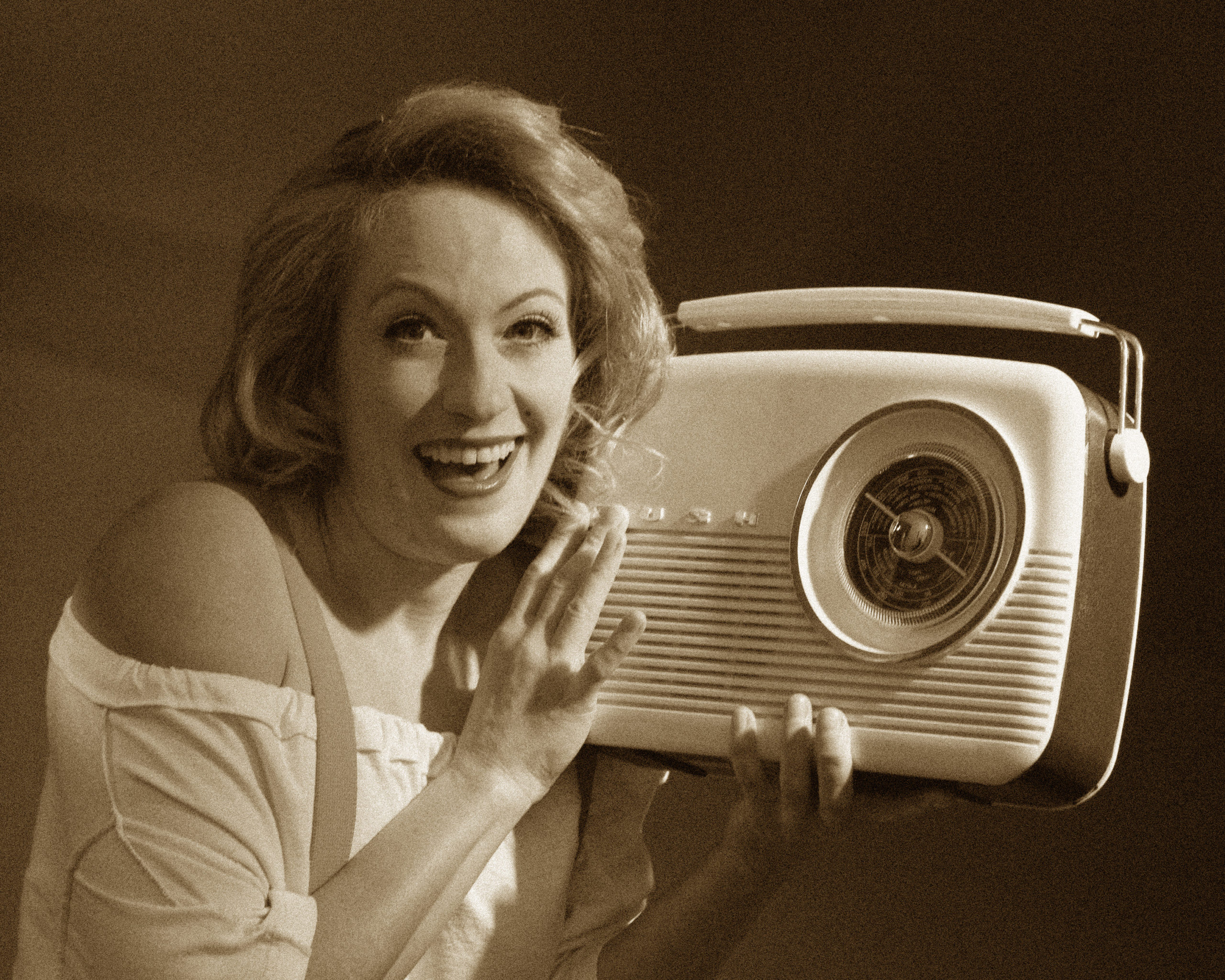 of little relevance to today’s sophisticated, caffeinated media consumers.
of little relevance to today’s sophisticated, caffeinated media consumers.
A century old box of laundry detergent isn’t going to move the needle either. But the lessons it holds about thinking, looking, packaging, storytelling, and thinking and acting big shouldn’t be lost on us.
And after all, they had more mules than most stations have employees.
Onward!
- Why Radio PDs Are A Lot Like NBA Coaches - May 8, 2025
- Memo To Radio: We Have Met The Enemy And It Is… - May 7, 2025
- The Guy In The Next Car - May 6, 2025



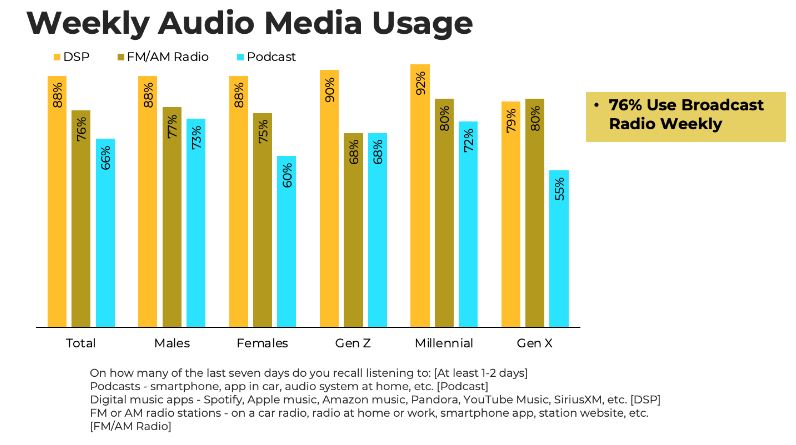

I agree with your argument. I dabbled briefly in radio ratings decades ago and don’t have a fraction of your ratings knowledge. I seem to recall an issue of measurement error or confidence level. So, that 0.3 or 0.4 might have an error of, say, plus or minus 0.2. I hope this is part of the conversation on the sales side and on the ad buying side.
I spoke to Dr. Ed Cohen, Steve, who has a lot more ratings knowledge than I do. I added some information to the post, so you might want to go back and check it out. Thanks to rounding, many stations end up at the saame small place on rankers, which is never a good thing for representing the industry to the advertising community.
In a 1,000,000 population market a .3 rating is 30,000 people, not 1/3. Correct my math.
As someone who focuses more on AQH figures (albeit usually not for sales-related purposes), perhaps the issue really does boil down to the inherent relative smallness of proportion- or percentage-based figures.
Also, something like a “Memorial Day 500”-style countdown might seem too small now. There are likely better examples around, but several Belgian and Dutch outlets have Classic Hits-focused countdowns of at least 1000 during the holidays–with Radio 10’s Top 4000 perhaps being the largest. Some are repurposed for specialty streams–while at least a couple (from Joe in Belgium and NPO Radio 2) are held alongside lengthy station remotes/events.
Size mattes, Eric, whether it’s the ratings numbers ewll sell or the amount oof music we play. Quantity, of course, is in the eye of the beholder – another reason why we need to continue to reseaarch our auadiences to deterrmine their perceptions. Thanks for the comment.
I feel like a long-time listener, first time caller.
I read the blog on a regular basis, but rarely feel the need to post.
The key to this piece isn’t the ratings, though that will attract our focus.
It’s Jay Hoker. He’s the leader with the vision who gets others to jump on the train.
I think a great blog piece would be to identify what do those leaders for radio look like in 2024 and beyond. Who is bold enough to embrace the change from AM to FM like Jay did?
Michael, thanks for chiming in on this one. And you’re right – Hoker saw the writing on the wall. He not only embraaced FM, but he also connected with a younger generation of radio professionals – not only an easy task for a middle-ager. I hope yesterday’s post on Dan Campbell and Bill Weston perhaps laid moe groundwork about leadership qualities in this new era of radio.
Many things have changed since I departed Mid-West Family Madison WI in 2020. I praise the sales people who embrace digital tools, know how to use ’em, and teach local businesses how to differentiate themselves and pound their “unique advantage” over and over, for years and years, on radio. My colleagues are responsive, honest, prospecting 24/7/365, innovating, sharing success stories, presenting learning sessions, sending out marketing and social tips on “Three Minute Mix.” All MWF markets meet annually IN PERSON to train, share and celebrate. A foundation built on family radio, cultivating smart performers/problem solvers stationwide. Proud of ’em!